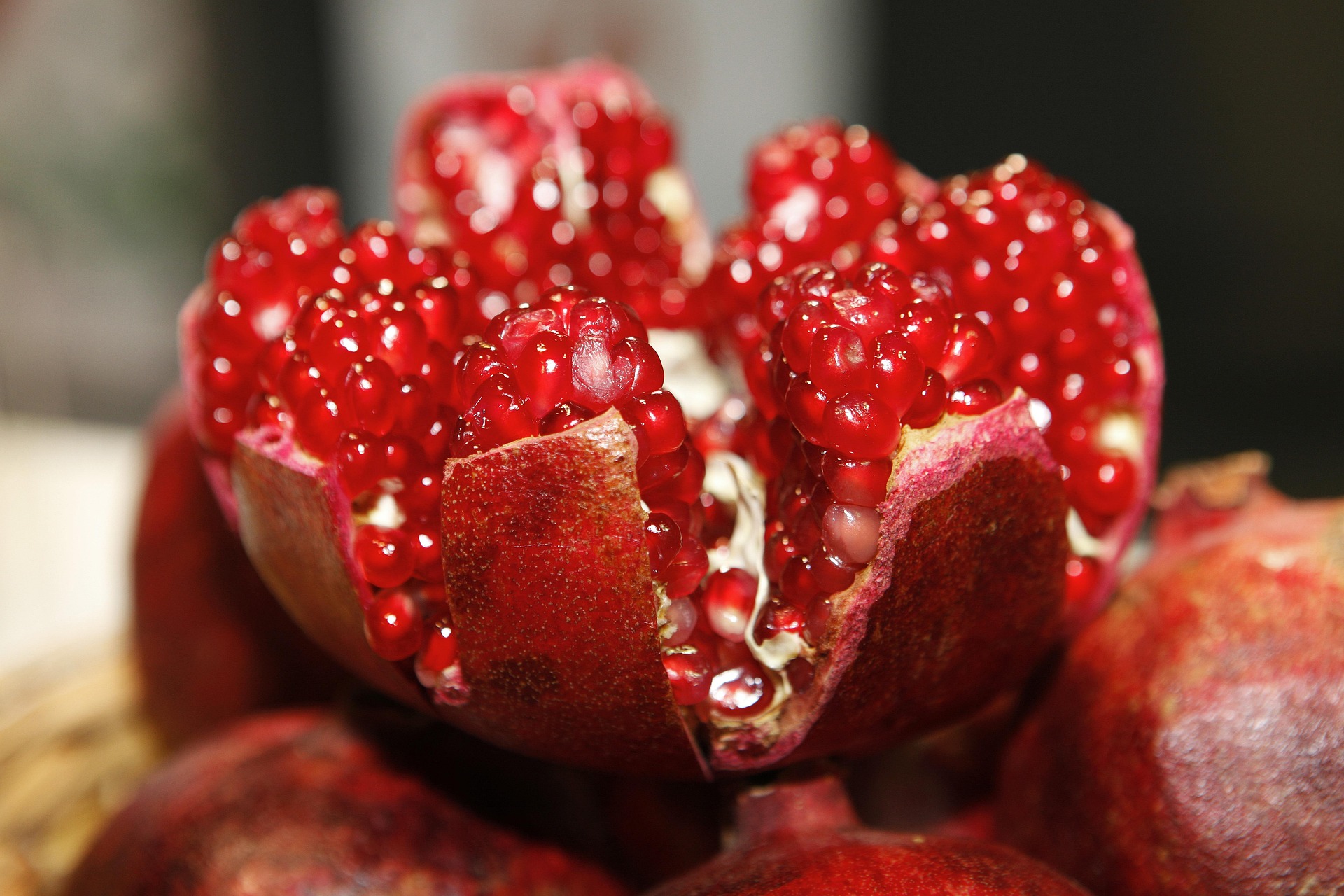
Reinterpretation of Traditional Cuisines
- Restaurant menus often take a creative approach to traditional cuisine.
- Reinterpreting traditional food in the flavor industry is becoming more common.
- You can meet your dietary needs by working with a professional without compromising traditional flavors too much.
It’s not uncommon to go out with friends and see traditional cuisine with an unexpected twist highlighted on the restaurant menu. Think cauliflower rice bowls and tacos topped with sushi and wasabi. Or maybe it was a new plant-based burger blending Korean flavors, such as kimchi, with beans or tofu. Perhaps a spicy mocktail on the side!
Our team at Metarom USA has been following the trend of reinterpretations of traditional cuisines, beverages, snacks, and more. These creations demand both attention and a balance of conventional food flavors with a twist. As the knowledge of international trends in cultural cuisine grows, so does the notion of tweaking favorites to wow restaurant guests with something new and different. Let’s take a look at the importance of traditional cuisine and its evolution over time.
What Is Traditional Cuisine?
Italian cuisine is synonymous with tantalizing plates of pasta. Japanese cuisine evokes images of sushi and sashimi. French cuisine beckons diners with dainty servings of crème brûlée or crème caramel for dessert, following many miniature courses. And alongside the persistence of traditional plates comes the modern reinterpretation of traditional cuisines from around the world.
Classic flavors and ingredients in traditional cuisine are often based on the surrounding landscape. Wild rice is a staple in indigenous North American cooking, fish is common in parts of coastal European culture, and noodle-based dishes are central to Asian cuisine. Over time, the reinterpretation of traditional cuisines has become more widespread as food trends from one location move to another and gain popularity. This has paved the path for new flavor formulations and interpretations of cuisine.
Global food culture is deeply rooted in traditional celebrations, precise food preparation techniques, and the available flora and fauna in the region. Techniques may be carefully passed down through generations of families and even whole communities. When you picture your favorite traditional food flavors, it’s easy to visualize some stereotypical representations of a culture. But how do these representations grow and change?
A Growing Trend: Reinterpretation of Traditional Cuisines
Using classic flavors is a great way to showcase local culture. After all, what is traditional cuisine without adding a bit of zest or something different in the flavor process? It can create traditional food flavors that are more sought after by consumers and bring them into the mainstream. Our flavor chemists at Metarom USA have observed some interesting trends–think trendy flavors with traditional roots.
- It’s not uncommon for a growing local food trend to end up on the other side of the globe, where it is reinterpreted by local culture in a different country or region.
- Our team at Metarom USA specializes in reinterpreting traditional cuisines by bringing flavors to the forefront with attention-grabbing additions that cater to a targeted niche market.
- The growing use of social media and influencers has facilitated the global spread of food trends.
Whether the flavor trend of the moment is wasabi, lavender, guava, or something more obscure, it’s easy to take a traditional dish and strategically add a flavor or ingredient to make it feel more novel. You may look back and remember a standout dish that made an impact, because there was just something new and different about it.
What Are the Best Ways to Integrate New Flavors?
What is traditional cuisine without pushing the envelope on classic flavors? The trending reinterpretation of traditional cuisines includes flavors such as spicy-sweet combinations, sesame, coconut caramel, and lavender. Don’t forget to take a risk and be bold. Our number one tip is to research what’s upcoming and trendy in your target market and build from there. Here are some other valuable tips for flavor development:
- Aim to balance traditional food flavors without compromising on texture or quality of food or drink. Our team can work with you to make sure you get just the right feel.
- The successful reinterpretation of traditional cuisines means making sure your flavor combination doesn’t take over or do ‘too much.’
- Here’s an example. Perhaps you’re developing a topping for a traditional crêpe recipe and you want to add an interesting twist on the syrup. Try adding pomegranate flavor for something new while keeping the traditional aspects of the recipe.
Your ultimate goal is to reinterpret traditional cuisines, adding value and interest to a growing market. Our experience and creativity enable us to create a flavor library that meets market and industry standards. We offer free flavor samples to help expedite the flavor-making process. Call to talk with an expert and get started.
Can You Help Meet Special Dietary Needs?
Traditional food flavors often fail to meet dietary needs due to their deeply rooted processes and ingredients. But what is traditional cuisine without meeting the needs of everyone who may want to enjoy it? No rule says you can’t update or take a new angle on classic flavors. This is where the reinterpretation of traditional cuisines really comes into its own! Our team specializes in meeting dietary needs and health requirements in any product creation, so that everyone can enjoy it. We can fully customize to meet the following criteria:
- Organic Certified
- Organic Compliant
- Non-GMO
- N&A
- TTB Compliant
Not every flavor company is as comprehensive and accommodating in meeting specific dietary needs. When it comes to the reinterpretation of traditional cuisines, all of our flavor formulations are both vegan and Kosher, so you don’t have to worry about closing doors on potential buyers.
Request A Consultation Today
At Metarom USA, our global experience in flavor formulation helps guide our clients to make well-informed decisions about developing new products and flavor formulations from start to finish. We collaborate with your team to create a reinterpretation of traditional cuisines and develop flavors that drive success. Contact Metarom USA and book a consultation today.


